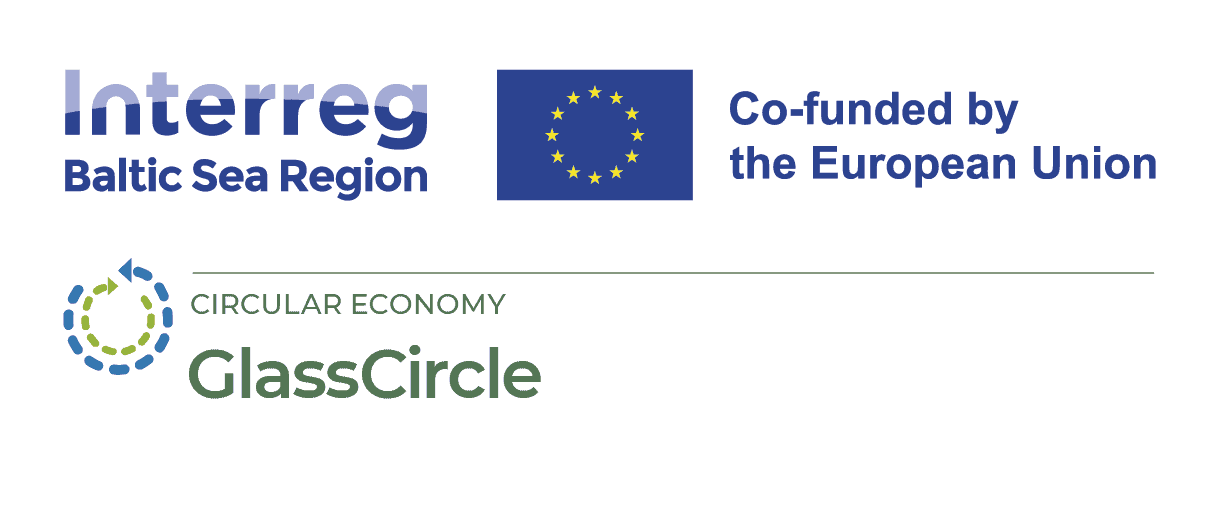
Turning glass fiber waste into high-performance sleds: An interview with Mārtiņš Rubenis
29 August 2024
At the Sigulda luge track, we had the unique opportunity to interview Mārtiņš Rubenis, Olympic medalist and Chief of Engineering for the Latvian national luge team, about his use of glass fibre residue in sled manufacturing. Our visit also included a tour of the entire luge track, a chance to watch a luge training session in action, and the experience of seeing our interviewer, Associate Professor Līva Pupure, take her first luge ride.
A new life for industrial waste
Rubenis explained that sports equipment often requires small, intricately shaped pieces of glass fibre rather than large sheets. However, with the assistance of GlassCircle, his team was able to source glass fibre residues from large manufacturers, which were sufficiently sized for sled manufacturing. Instead of being discarded as waste, these residues were repurposed into high-performance sleds, enhancing the production process and making it more eco-friendly.
This initiative highlights a practical method for repurposing industrial waste in specialized applications like sports equipment.
Inspiration for broader industry applications
Rubenis also emphasized the broader potential for recycling materials across various industries. He shared an example from a GlassCircle Hackathon where students repurposed leftover glass fibres from a shipbuilding company into practical storage cabinets for boats. This demonstrates how different industries can creatively reuse materials to develop sustainable products.
Scaling up sustainable practices
Looking ahead, Rubenis envisions a future where smaller companies could emerge around large manufacturers to utilize waste materials locally. This would reduce shipping costs and environmental impact while fostering a culture of sustainability and innovation. By collaborating with larger companies, these smaller enterprises could significantly contribute to a more circular economy.
Our visit to the Sigulda luge track, along with this insightful interview, offered a compelling look into the practical benefits of circular economy principles. The success story with Mārtiņš Rubenis stands as a powerful example of how industrial residues can be transformed into valuable, high-performance products.
Watch the full interview below.





